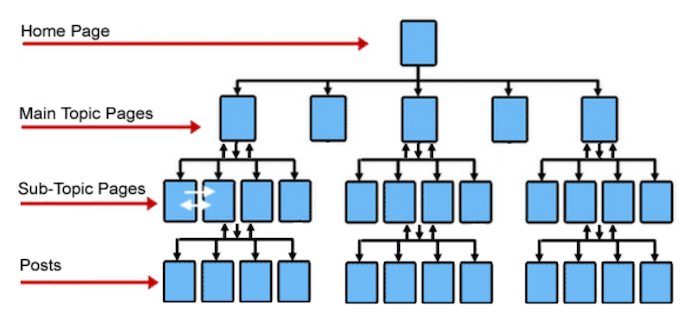Table of Contents
- What Is the Connection Between Design and Findability on Search Engines?
- Site Functionality and Usability
- Site Structure
- Web Technology
- Presentation
- How Can Your Redesign Help Meet Your Practice’s Goals?
- Expand Your Website’s Reach With a Redesign
Most practices looking to revamp their website usually only focus on design (colors, image selection, fonts, and design elements like accordions, expanding content, etc.).
These elements are not unimportant. In fact, a beautifully designed website is essential to the user experience, and a positive user experience should never go unnoticed — or unrewarded. However, even the most brilliantly designed and memorable website will add no benefit to your practice if it cannot be found on Google and other search engines.
Therefore, when considering a website redesign, the best practice is to balance aesthetics with search engine optimization (SEO) strategies.
What Is the Connection Between Design and Findability on Search Engines?
When looking to redesign your website, you may be eager to start on the visuals. After all, a website is a visual concept. Unfortunately, before you put on your designing shoes, you have to consider some technical elements.
Without the technical side of site design, your website may have difficulties being found unless the domain name is searched for directly. Considering that most websites rely on organic traffic (traffic that comes to your site from a search engine), being found on these engines is essential.
What Elements Should Be Considered in Your Redesign?
1. Site Functionality and Usability
Optimal site functionality and usability are increasingly challenging as the way people use the internet changes. Gone are the days when web content only needed to fit a desktop computer.
Now, more people are using their mobile devices and tablets for most — if not all — of their online searches. This means you need to ensure that your web design’s functionality and navigation translates across all devices.
When considering a redesign, you need to ensure that your website is:
- Easy to navigate
- Accessible
- Intuitive
- Mobile-friendly
There are millions of active websites out there, and a lot of businesses are targeting the same clientele as you. When your audience pulls up your website, it is because they are looking for something (whether it is an answer to a question or a solution for a concern).
Therefore, you need to ensure that your website gets your audience the information they need with as little work, effort, and stress as possible on their end.
If your site is difficult to navigate, the majority of your audience will not put in the time to figure it out.
2. Site Structure
Site structure describes how your content pages are organized, grouped, and linked on your website. Optimizing your site for increased findability starts with its architecture.
Your site’s structure is its foundation, and without a properly laid-out format, your website will be difficult for your user to navigate and even harder for Google to find and index.
Google prioritizes and gives authority to sites with a strong structure (hierarchy of the pages).
For instance, a developers lab may consider the following structure for their content.

A weak or cracked site architecture can:
- Decrease your site’s authority
- Lead to a high bounce rate
- Hinder search engine spiders from finding and indexing your pages
- Negatively impact user experience
3. Web Technology
Web development is just as much about what isn’t seen on the page as what is. Beneath the pretty images and captivating colors is a myriad of codes and programs that keep your webpage running. Web technology refers to the methods computers use to communicate with each other and with web pages. These methods involve markup languages and programs, such as HTML (hypertext markup language) and CSS (cascading style sheets). Without the proper web technology, there is no way for your audience to interact with your site.
This is where having a skilled group of professional web designers and developers comes into play. These developers have a deep understanding of the language of web technology, and they know how to interpret it for your site.
4. Presentation
Once you have considered your site’s functionality, structure, and technology, you can then move onto the design elements, which is the fun part.
The presentation of your website includes all of the visual elements, such as:
- Overall page layout
- Color scheme
- Fonts/typography
- Images
The aesthetic design of your website is where you can allow your creativity to run wild. This helps define your brand identity and lets your target audience see who you are.

How Can Your Redesign Help Meet Your Practice’s Goals?
These days, your website is your practice’s most powerful marketing tool. When used› appropriately, it can start an interaction between you and your prospective customers, which translates to increased leads and sales.
Unfortunately, increased website conversion will not happen on its own. Your site needs to put in the work and consider all of the above information. This will help you to better reach your target audience and highlight your top procedures or products.
Expand Your Website’s Reach With a Redesign
Our expert designers, developers, marketers, and writers work together to craft comprehensive website designs. Our team can design your website to provide a positive user experience and be optimized for Google.
Give us a call, and we can guide you so your new website design meets your expectations and business goals.
